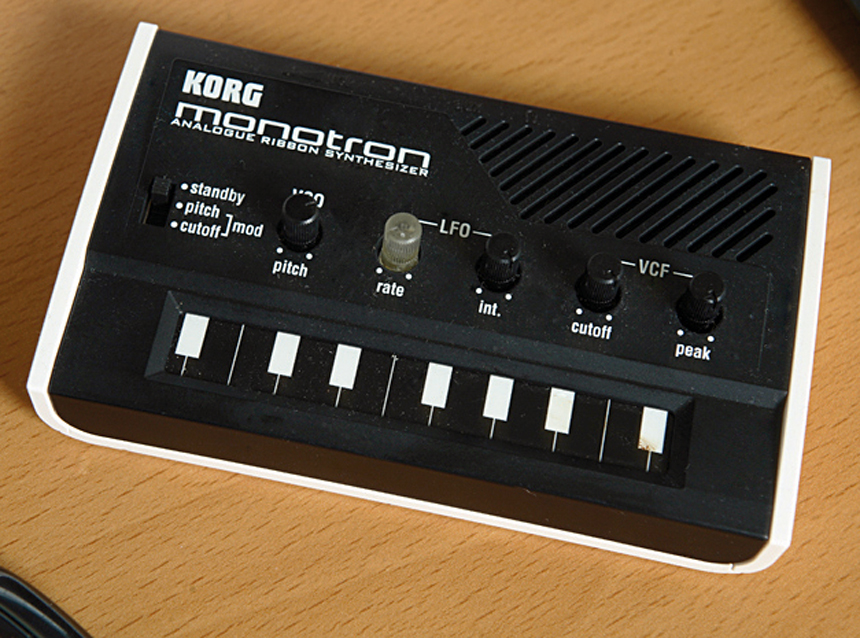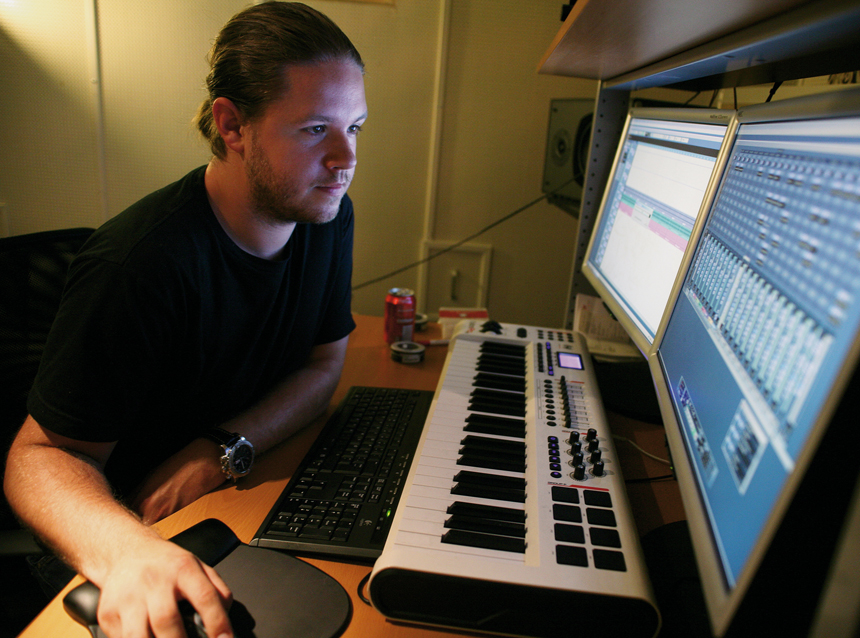In pictures: John Dahlbäck and his software studio

Intro
He's the swedish superstar DJ with a laid-back personality that is in contrast to his strict and structured production schedule. An agenda which sees him creating a mountain of electronic music on a weekly basis.
His studio lurks just outside the centre of Stockholm, a discreet old building home to other producers including Jesper Dahlbäck and Albin Myers. As the founder of Pickadoll records, Dahlbäck has signed records from Sebastien Leger, Zoo Brazil, Dada Life and more. Staying at the outer-edge of the mainstream, Dahlbäck has always retained credibility and never dipped his toe in to the murky waters of commercially-collaborative, dance pop.
In this exclusive gallery, he tours us around his studio and picks out his favourite hardware and software along the way.

The studio
Dahlbäck’s music making gear has changed a few times over the years but he’s settled on Cubase running on a custom PC right now.
“In the beginning when I was 12, I used my dad’s Atari with Cubase on it. I was a complete newbie at it and I couldn’t figure out how to quantise or loop. So I would just tap hi-hats in for six minutes [laughs]. Then I moved on to Fruity Loops on my own computer, but it was the early version and it always just felt like I was locked to a grid.
“I think Cubase is like freedom to me because I’m not in this pattern mode. I have autoloads in Cubase with the Audio Damage Ronin, API compressor and the channels are set up so I have nice colours. I also start with seven or eight groups – one for sidechaining and the others for adjusting levels of things like drums, melodies etc.”

The space
The studio is set within a complex where Dahlback shares the building with his cousin Jesper Dahlbäck and Myback collaborator, Albin Myers.
“It’s a really cool vibe here. We go to lunch together and play each other the tracks we are working on.
“Me and Albin Myers also have the Myback collaboration, which is great because it’s a project where both Albin and I can really push the craziness and get a bit more creative with our sound. With the John Dahlbäck tracks, I can’t go super playful where I can with the collaborative stuff.”

Korg monotron
Lurking to the side of Dahlbäck's desk is the ultra-popular Korg Monotron, a fun device that Dahlbäck admits he's yet to make use of.
“I think this is the last piece of gear I bought, but it hasn’t actually made it on to any records. This is probably because I can do all that fun stuff on my iPad now.”

Software
Dahlbäck's main studio weapons are in the box, so we asked him what were his favourite bits of software at the moment.
“I’m still all about synths – if you look at my plug-in folder, I have so many in there. I choose a sound, tweak it, then it’s all about the effects and how I treat the sound after that. As you know, I’m a plug-in freak.
“Dada Life’s Sausage Fattener is really cool, plus there’s a few that I’ve always loved like the u-he ACE synth which is fantastic to use and endlessly tweakable. It’s a shame there’s not more poly and key sounds in it though, it’s the lead and bass sounds where it really does great things.
"Another synth actually is the Vember Audio Surge synth, which is great for those slightly stranger and dirty tones. It’s a synth that sort of adds glitches to the sound, which I really like.”
Future Music is the number one magazine for today's producers. Packed with technique and technology we'll help you make great new music. All-access artist interviews, in-depth gear reviews, essential production tutorials and much more. Every marvellous monthly edition features reliable reviews of the latest and greatest hardware and software technology and techniques, unparalleled advice, in-depth interviews, sensational free samples and so much more to improve the experience and outcome of your music-making.




